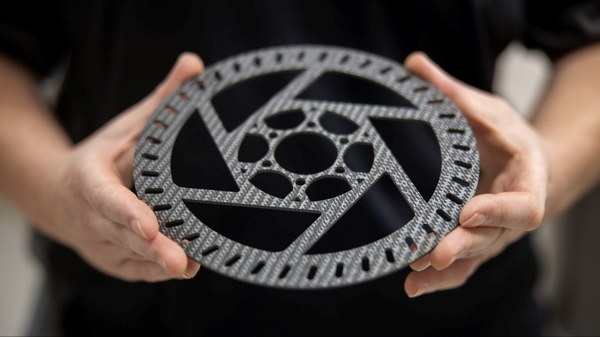ATHEAt – Advanced Technologies for High Energetic Atmospheric Flight of Launcher Stages

Efficient Development of Space Transportation Systems through Innovative Design Tools and Flight Programs
Reliable and reusable space transportation systems can only be developed cost-effectively using verified design tools and technologies. This requires finding the optimal balance between numerical simulations and practical testing through the use of powerful design tools. Real flight data from aerothermodynamically heated structures, however, is rare and therefore of great scientific importance. Since individual flight experiments alone cannot answer all open questions, building a scientifically and technically sound flight program with successive hypersonic experiments is essential.
ATHEAt: an ambitious Hypersonic Flight Experiment
Within the ATHEAt project, DLR aims to bridge specific technology gaps for reusable space transportation systems and establish itself as an indispensable partner in European space transportation development. One key focus of the research lies in the development and testing of two flight experiments: a hypersonic experiment with a Mach number over 8 for a duration exceeding 120 seconds, and a flight experiment with a single-stage, innovative hybrid rocket.
Forebody Thermal Protection System: Advancements through C/C-SiC Technology
Within the ATHEAt project, our Institute, with the departments Space System Integration and Ceramic Composites and Structures, is responsible for the design and manufacturing of the forebody’s thermal protection system (TPS) for the rocket, which will be exposed to extreme aerothermal loads during flight. Based on experience from the previous STORT project, the TPS will consist of a thermally stable, segmented C/C-SiC outer structure, specifically designed for the challenging hypersonic flight trajectory of ATHEAt, which features Mach numbers between 9 and 10 for almost three minutes.
Innovative Cooling and Control Experiments
In collaboration with the Supersonic and Hypersonic Technologies department at the DLR Institute of Aerodynamics and Flow Technology, two active cooling experiments have been integrated into the TPS structure. Additionally, at the end of the forebody, a module with four control flaps connected to a central actuator has been installed to collect valuable data on the real behavior of control surfaces at hypersonic speeds.








